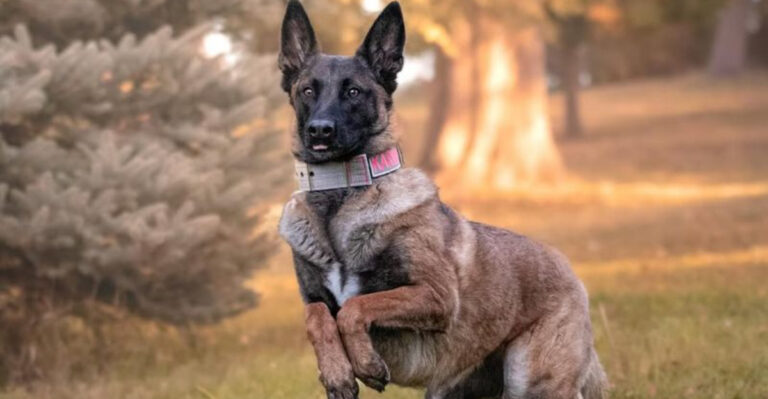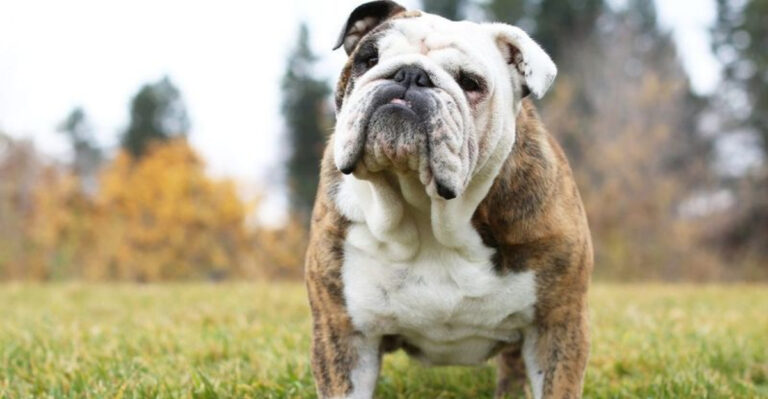12 Genius Ways To Banish That Doggy Smell For Good
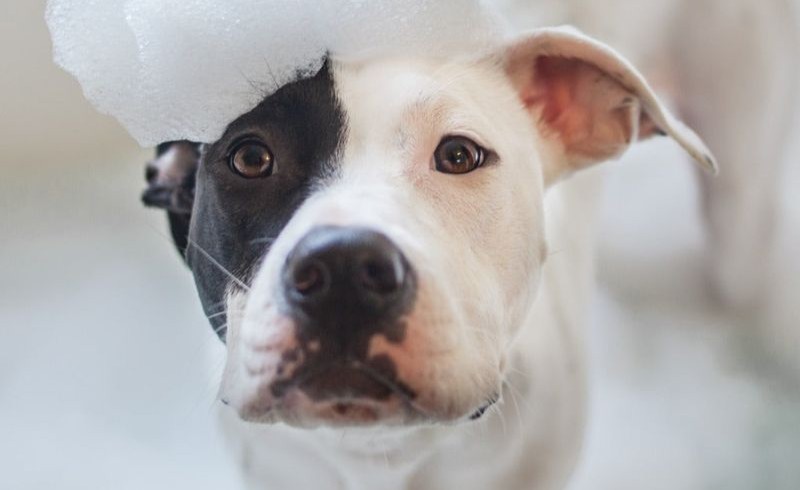
Living with dogs is a blast, but let’s be honest—sometimes they come with a bit of funk. Wet fur, dog breath, and mystery smells can take over your space fast.
The good news? You don’t have to live in a cloud of canine cologne. In this post, we’re sharing top tips to keep your home smelling like home – not like your dog.
1. Implement A Strict Cleaning Schedule
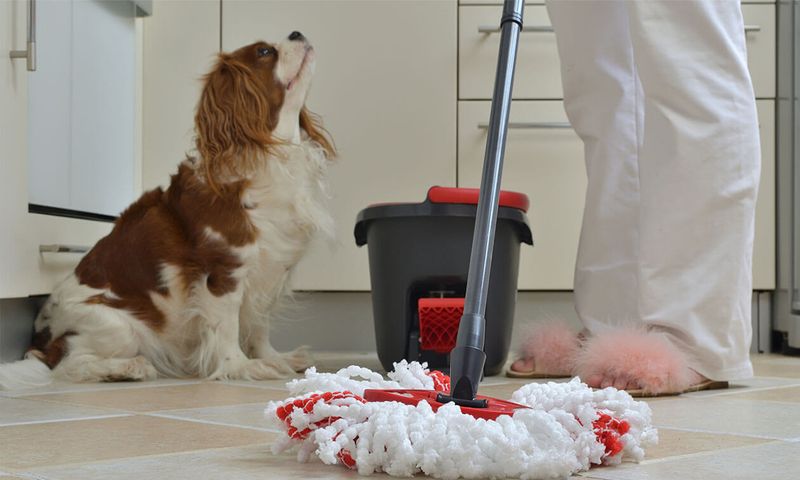
A solid cleaning schedule is your best defense against lingering dog odors.
Staying consistent keeps smells from getting out of hand in the first place.
Set specific days for vacuuming, mopping, and washing your dog’s bedding.
This way, every corner of your home gets the attention it needs—no stink left behind.
Stick with it, and your space will stay fresh without much extra effort.
2. Regular Dog Baths
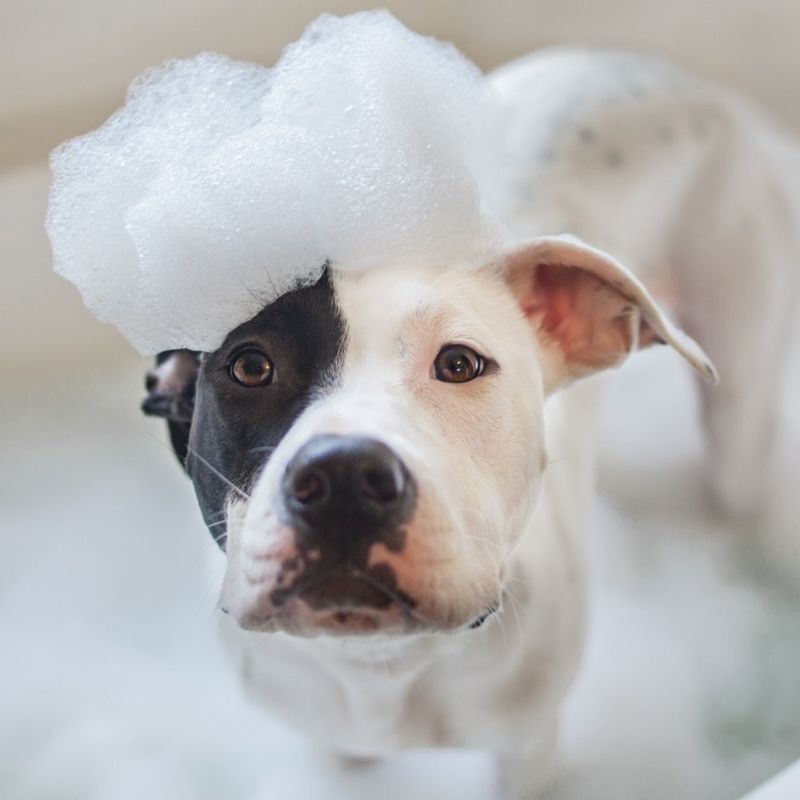
Regular baths are a must if you want to keep that signature dog smell under control.
Use a gentle dog shampoo—human stuff is too harsh for their skin.
Always dry your pup thoroughly, since damp fur can trap mildew and odor.
Towel dry well, and if they’re cool with it, follow up with a low-heat blow-dry.
Aim for a bath every four to six weeks, but check with your vet if you’re unsure what’s best.
3. Install Odor-Absorbing Gel
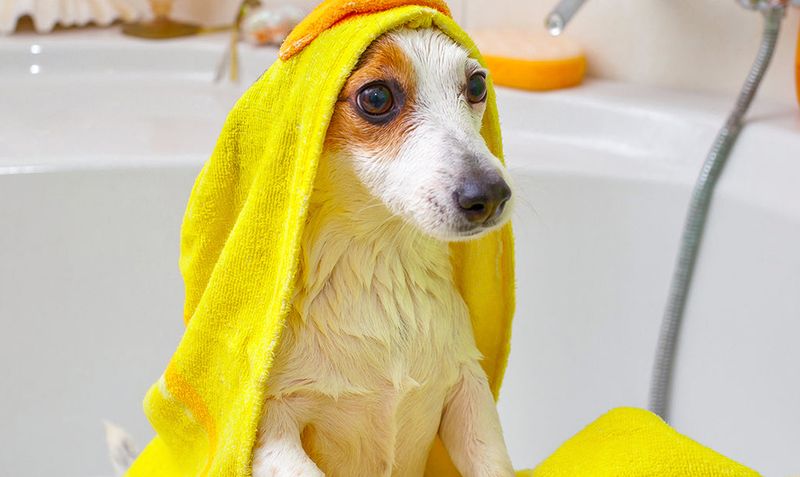
Odor-absorbing gels are sneaky little heroes when it comes to tackling dog smells.
Tuck them into rooms your pup loves most, and let them quietly do their thing.
These gels trap stink molecules and leave your air feeling fresher, not just masked.
Pick from scented or unscented versions—whatever works for your vibe.
Just remember to swap them out as needed, and enjoy that subtle, stink-free magic.
4. DIY Doggy Perfume
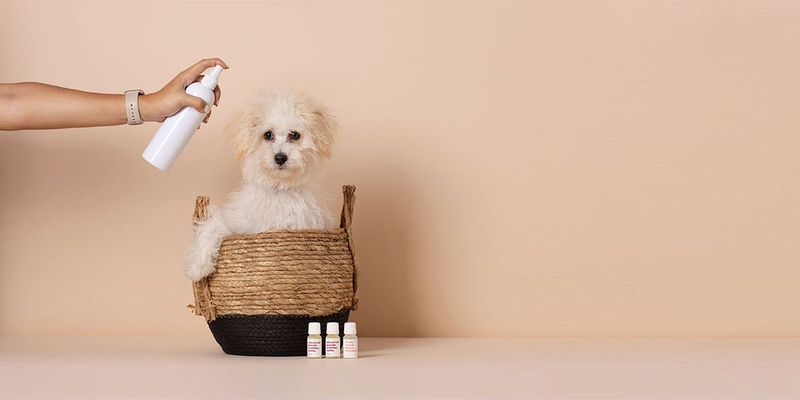
One fun trick? Make your own doggy perfume using safe, natural ingredients.
Mix distilled water with a drop or two of dog-friendly oils like lavender or chamomile.
Pop it into a spray bottle, and spritz lightly on your pup’s fur—just a mist, not a soak!
It helps nix the stink and even has a calming effect for your four-legged friend.
A little DIY, a lot of freshness—and your dog smells like a dream!
5. Vacuum And Clean Floors Often
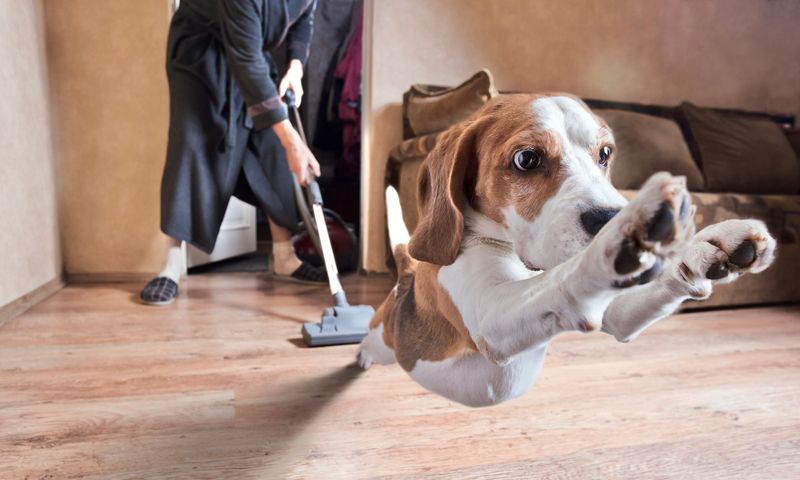
Vacuuming often is one of the easiest ways to stay ahead of dog odors.
Pet hair and dander love to hide in carpets, and they bring the funk with them.
A vacuum with a HEPA filter is your best friend—it traps allergens *and* smells.
Focus on your dog’s favorite hangouts, and hit those spots regularly.
Follow it up with a pet-safe floor cleaner, and boom—fresh floors, happy nose!
6. Wash Dog Bedding Frequently
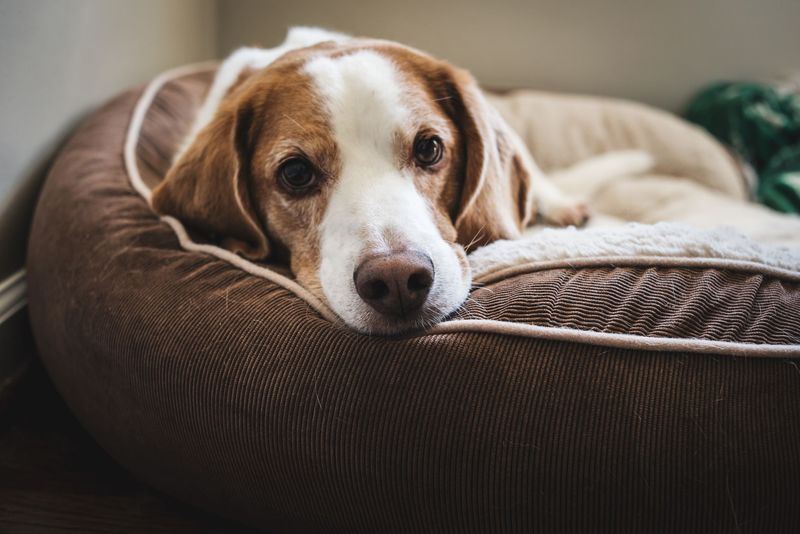
Your dog’s bedding is basically a sponge for smells—so wash it often!
A weekly clean with a pet-safe detergent keeps the funk from settling in.
Always dry it completely to avoid mildew sneaking in while it’s damp.
For extra stink-busting power, toss in a pet-safe odor eliminator during the wash.
Fresh bedding means a happy pup and a fresher-smelling home all around.
7. Use Baking Soda
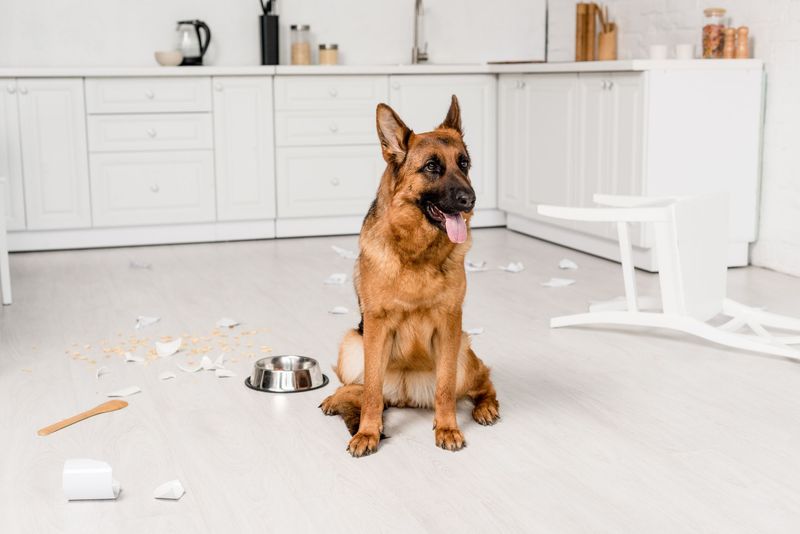
Baking soda is a budget-friendly superhero when it comes to battling dog odors.
Just sprinkle it on carpets, couches, or pet beds and let it chill for 15 minutes.
Then vacuum it up and enjoy the instant freshness—no harsh chemicals needed.
For extra-stubborn smells, let it sit even longer before you clean.
It’s an easy, natural way to level up your cleaning routine and keep your home smelling great.
8. Regular Dental Care
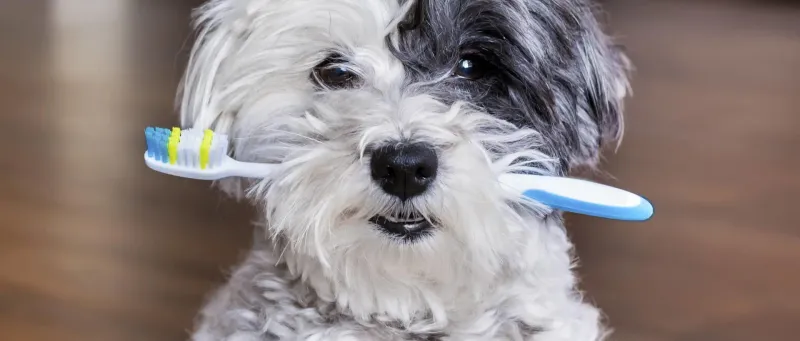
Dog breath can be a major source of stink, so dental care is a must.
Brushing with pet-safe toothpaste helps cut down odor-causing bacteria fast.
Add in some dental chews or toys to keep those chompers clean between brushings.
A good dental routine boosts both freshness and overall health.
Not sure where to start? Your vet can help tailor a plan that keeps the stink (and plaque) away.
9. Clean Upholstery And Curtains
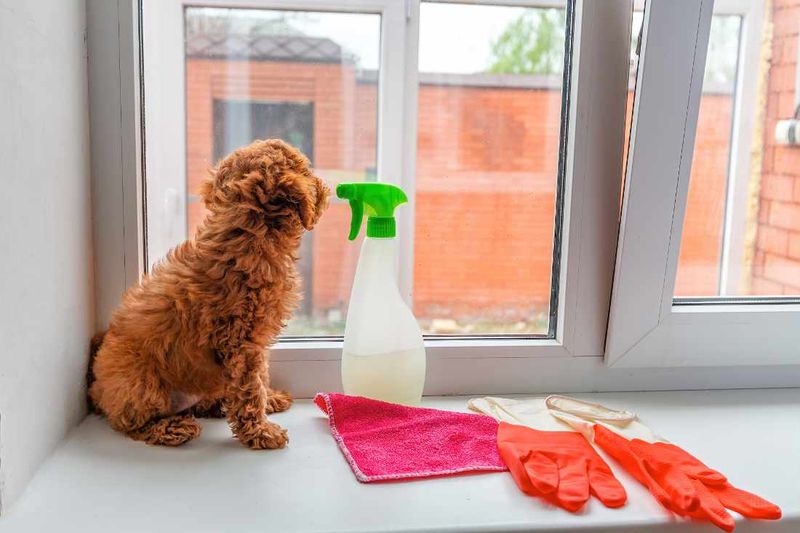
Upholstery and curtains love to soak up dog smells like a sponge.
Cleaning them regularly keeps your home from smelling like a full-time dog den.
Use fabric sprays or a steam cleaner to lift out odors fast.
Wash what you can with a pet-safe detergent to keep everything fresh and fur-free.
Stick to a cleaning routine, and your guests will never guess you live with a dog.
10. Keep The Dog Groomed
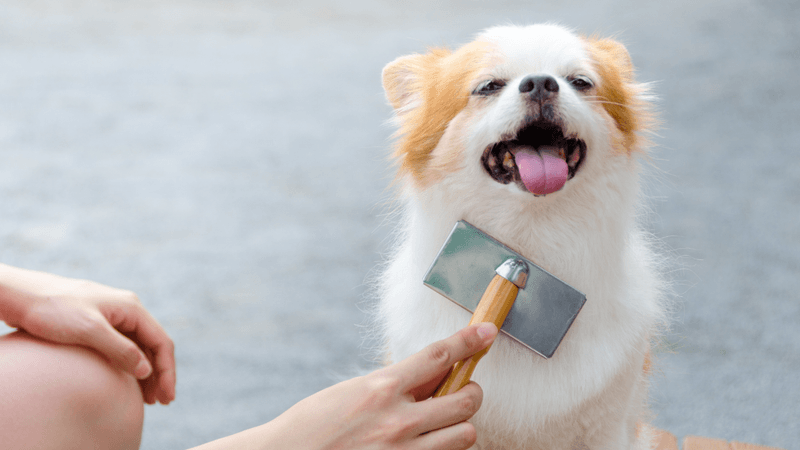
Regular grooming keeps your dog clean, comfy, and smelling way better.
It removes dirt, dander, and oils that love to linger in their fur.
Brushing between baths helps manage shedding and spreads those natural oils evenly.
For pups with special coat needs, pro grooming sessions can work wonders.
A well-groomed dog means fewer odors—and a happier, healthier best friend.
11. Air Purifiers With HEPA Filters
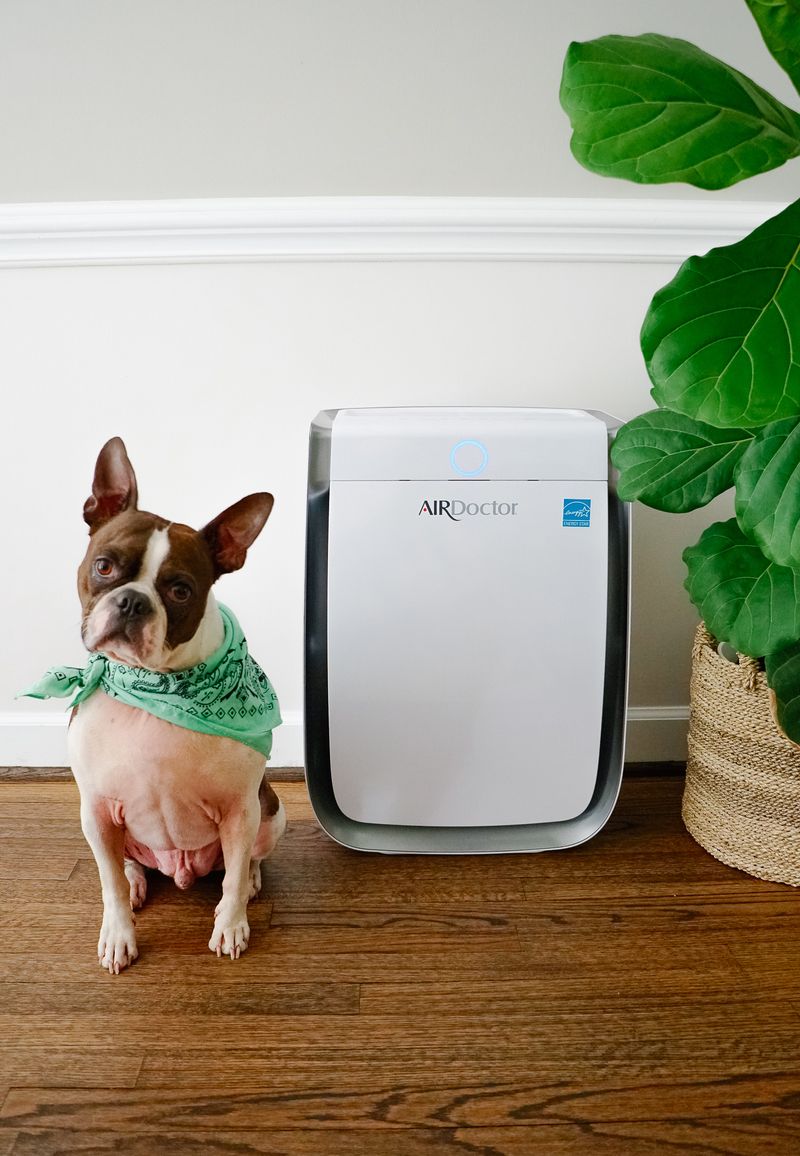
Air purifiers with HEPA filters are odor-fighting MVPs for pet-loving homes.
They trap pet dander and smelly particles, leaving your air crisp and clean.
Place one where your dog hangs out most, and let it quietly work its magic.
Just don’t forget to swap out the filter regularly—it’s key to keeping things fresh.
Pair it with your cleaning routine, and you’ve got a powerhouse combo against doggy odors.
12. Utilize Essential Oils
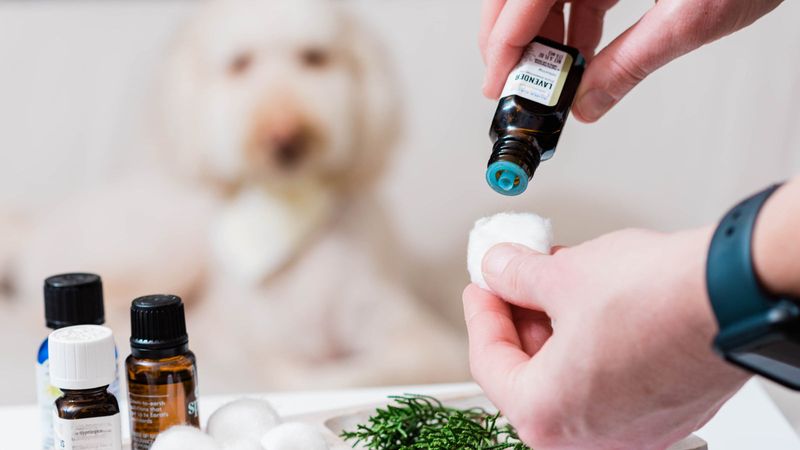
Essential oils can freshen up your space without the harsh chemicals.
Lavender and chamomile are pet-safe picks that also add a calming vibe.
Use a diffuser in your dog’s favorite hangout spots—but don’t go overboard.
Always double-check that the oils are safe for pets before using.
Add a few drops to your cleaning routine, and your home will smell as good as it looks.

